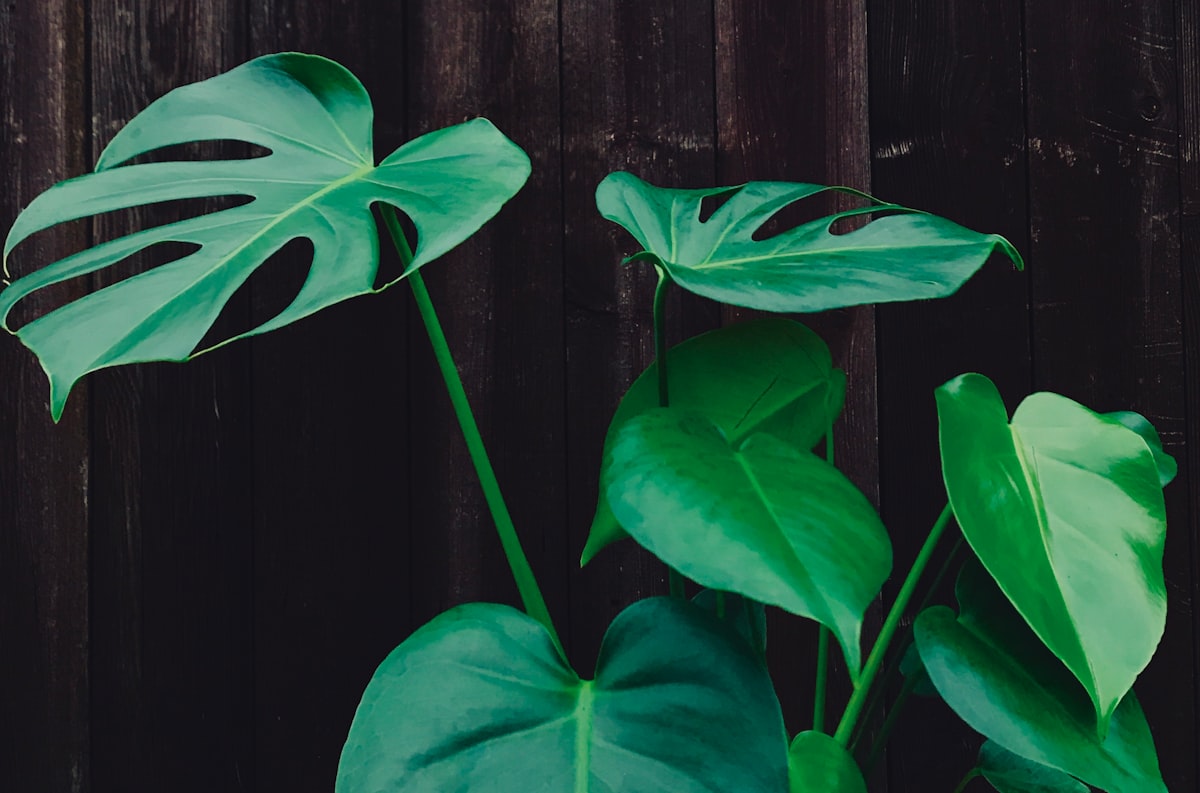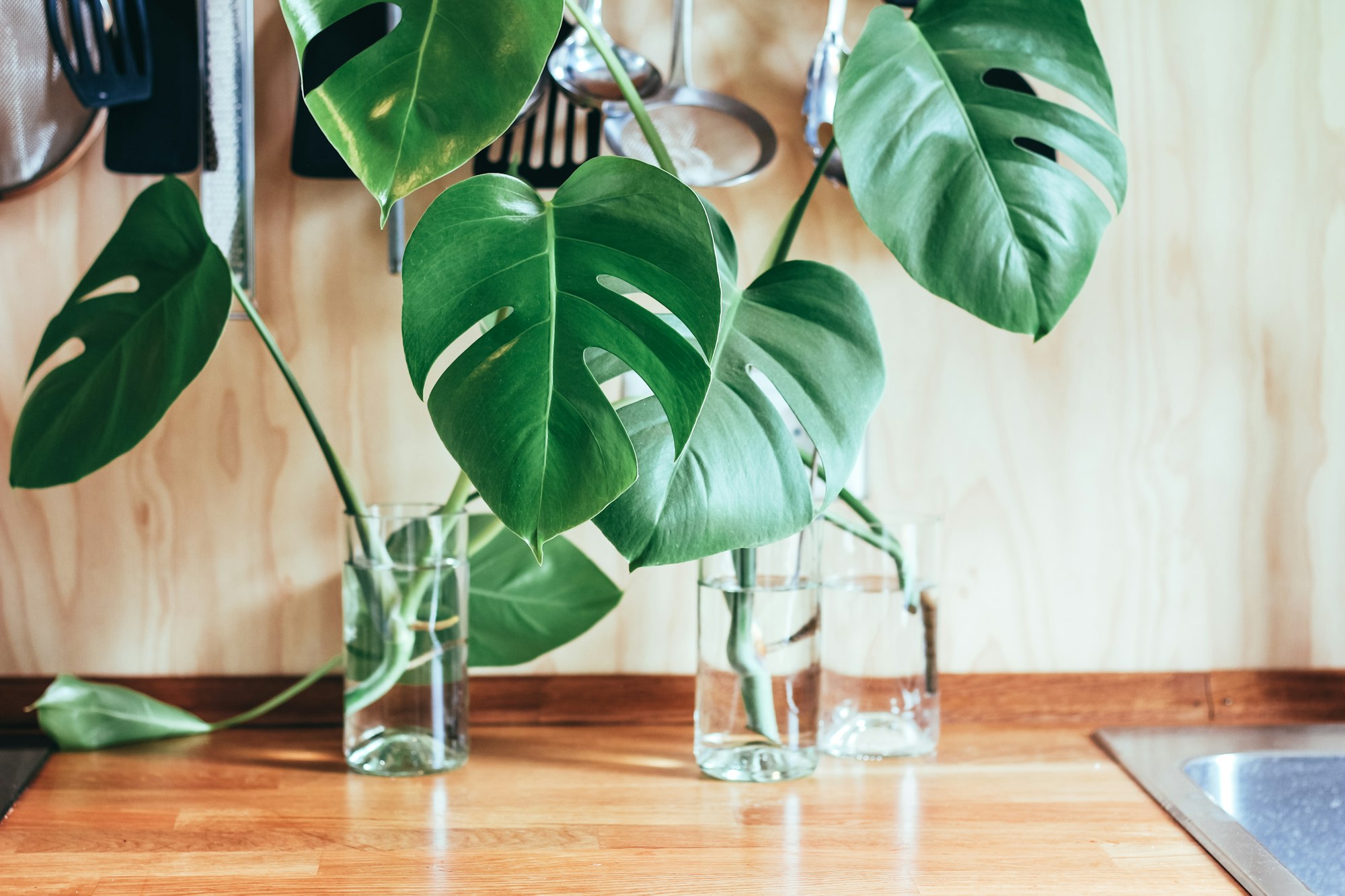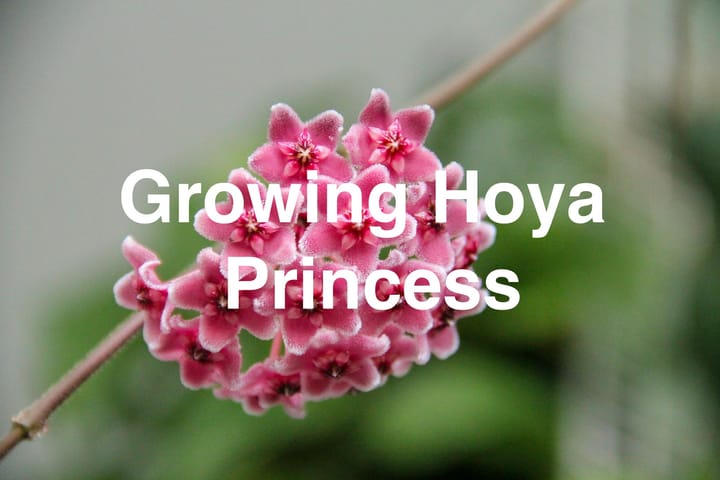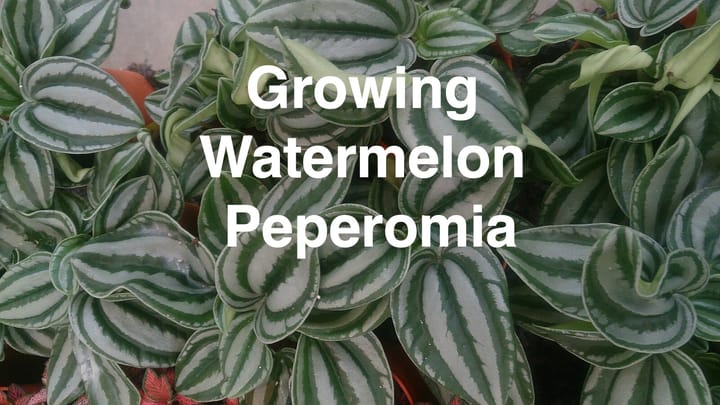How to Grow Rhaphidophora Tetrasperma
Rhaphidophora Tetrasperma, or Mini Monstera, is a fast-growing climbing vine that is easy to care for indoors.

Table of Contents
Its stunning split leaves and quick growth make it an ideal houseplant for those looking to add a touch of tropical elegance to their living spaces.
To grow a thriving Rhaphidophora Tetrasperma, you must provide the right conditions, such as bright, indirect light, consistently moist soil, and adequate warmth.
This article will explore the best practices to ensure your Mini Monstera flourishes, adding beauty and greenery to your home.
About Rhaphidophora tetrasperma
Rhaphidophora Tetrasperma, often Mini Monstera or Ginny Philodendron, is a popular tropical houseplant with attractive split leaves.
It shares similarities with Monstera and Philodendron species but belongs to a distinct genus within the Araceae family.
This indoor plant is known for its fast growth, vining or trailing pattern, and aerial roots.
Native to Southeast Asia, Rhaphidophora Tetrasperma is an easy-to-care-for perennial with a versatile climbing nature.
It can be trained to grow vertically on a moss pole, creating a stunning visual impact in your space.
As a rare and eye-catching addition to your indoor plant collection, this plant offers lush, vibrant foliage perfect for bringing a touch of the tropics into your home.
Planting Mini Monstera
To plant Rhaphidophora Tetrasperma, select a pot with drainage holes and fill it with a well-draining potting mix.
A good mix of peat moss, orchid bark, sphagnum moss, and perlite ensures proper aeration and moisture retention for the plant's roots.
Place your Rhaphidophora Tetrasperma in the prepared pot and water it thoroughly, ensuring that excess water can escape through the drainage holes.
Monitor the soil's moisture levels, and water your plant when the top inch of soil dries out, maintaining consistently moist conditions.
Keep your Mini Monstera in bright, indirect light to prevent scorching its leaves.

Caring for Mini Monstera
Sun and Temperature
Provide your Rhaphidophora Tetrasperma with bright, indirect light to prevent leaves from scorching. Maintain a consistent temperature between 65-85°F (18-29°C).
Water and Humidity
Water your plant thoroughly, keeping the soil consistently moist but not soggy. Maintain humidity levels by misting the plant, placing it on a pebble tray, or using a humidifier.
Soil and Fertilizer
Use a slightly acidic, well-draining potting mix that includes perlite. During summer and spring, feed with a nutrient-rich liquid fertilizer every month.
Repotting
Repot your Rhaphidophora Tetrasperma when roots outgrow the current pot, using fresh potting soil. Gently loosen the root ball before placing it in the new container.
Pruning and Propagation
Regularly prune leggy growth to encourage bushiness. Propagate stem cuttings with at least one node, placing them in water or soil to promote root development.
Troubleshooting Plant Problems
Growing Problems
Several factors may cause yellow leaf markings on your Rhaphidophora Tetrasperma.
Over- or under-watering, nutrient deficiencies and inadequate lighting can all contribute to this issue.
Check the moisture and temperature levels if your plant's leaves are drying out or becoming misshapen. Consistent humidity and a temperature range between 60°F - 85°F are essential to keep the plant healthy.
Use a humidity tray or room humidifier to maintain optimal moisture levels.
Ensure your plant receives plenty of indirect sunlight but protects it from harsh direct sun exposure.
Pests And Diseases
Common pests like spider mites or mealybugs can infest your Rhaphidophora Tetrasperma. Keep an eye on your plant for signs of infestation, such as webbing, small white or black spots, and yellowing leaves.
Treat your plant with neem oil or an insecticidal soap to combat these pests.
Rhaphidophora Tetrasperma can be prone to root rot, a disease caused by overwatering and poor drainage.
To prevent this problem, avoid overwatering, use a well-draining soil mix, and properly ventilate the area to maintain ideal conditions for your plant.
Be cautious with your plant's toxicity; ingestion may cause mild symptoms, so keep it out of reach from pets and young children.
Conclusion
To grow a healthy Rhaphidophora Tetrasperma, place it in bright, indirect light and avoid overexposure to direct sunlight.
Consistently moist soil and a well-draining, slightly acidic mix of potting soil, perlite, horticultural charcoal, pine bark, and shredded sphagnum moss will ensure optimal growth.
During the spring and summer months, provide regular feedings with liquid fertilizer.
Remember to move your plant indoors during colder seasons if you live in an area that experiences frost, as the Rhaphidophora Tetrasperma is not frost tolerant.
Frequently Asked Questions
What is the ideal soil mix for Rhaphidophora Tetrasperma?
A well-draining soil mix of peat moss, coco coir, perlite, orchid bark is ideal for Rhaphidophora Tetrasperma. Maintain a slightly acidic to neutral pH level (around 6.0 to 7.0) for optimal growth.
How to promote bushier growth in Rhaphidophora Tetrasperma?
Prune your Rhaphidophora Tetrasperma by cutting back long vines at the nodes, encouraging new growth. Make sure to provide adequate light for bushier development.
What kind of support is best for Rhaphidophora Tetrasperma to climb?
A moss pole, coco coir pole, or wooden stake can effectively support Rhaphidophora Tetrasperma's climb. Ensure the support is sturdy and tall enough to accommodate the plant's growth.
What is the difference between Rhaphidophora Tetrasperma and Monstera Deliciosa?
While both plants belong to the Araceae family, Rhaphidophora Tetrasperma is not a Monstera species.
Rhaphidophora Tetrasperma has smaller, split leaves, while Monstera Deliciosa features larger, more fenestrated leaves with an irregular pattern.
How often should I water Rhaphidophora Tetrasperma?
Water your Rhaphidophora Tetrasperma when the soil's top 1-2 inches is dry. Generally, watering once a week should suffice, but you may need to adjust based on your plant's environment and humidity levels.
What is the average growth rate of Rhaphidophora Tetrasperma?
Rhaphidophora Tetrasperma is a relatively fast-growing plant, with optimal conditions encouraging growth up to 12 feet tall. The plant's growth rate may vary depending on light, temperature, and overall care.


